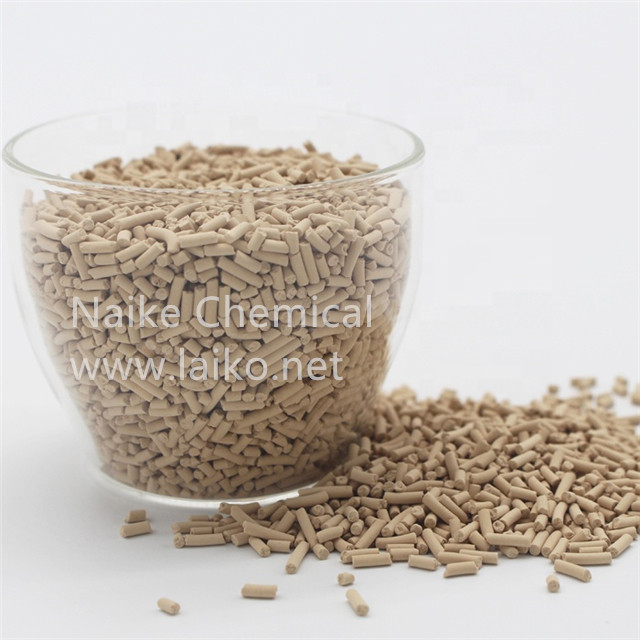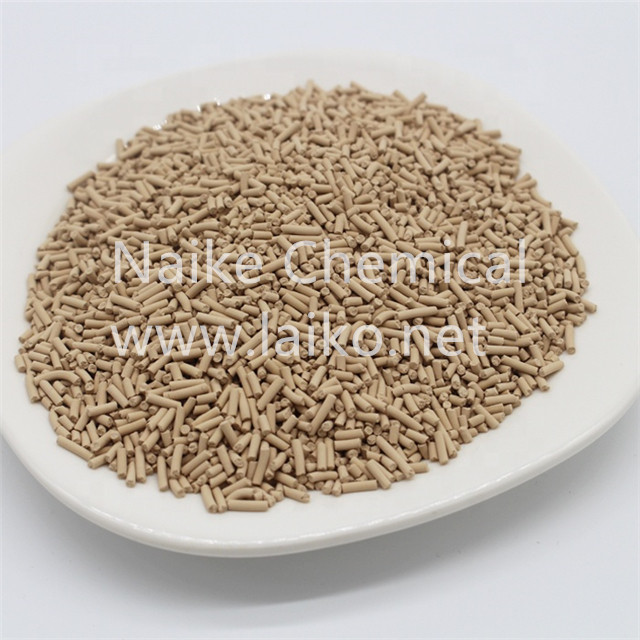13x Molecular Sieve Regeneration Process
What is Molecular Sieve Regeneration?
Molecular sieve regeneration allows the wet or deactivated zeolite to restore to its original working capacity without damaging the zeolite or physical properties. It is a crucial step because it determines the performance and the overall operational cost of molecular sieves. Molecular sieve regeneration involves heating and purging with carrier gas to remove the adsorbate from the molecular sieve bed. To raise the temperature of the adsorbate, the adsorbent, and the container, adequate heat must be applied. Then the liquid can be vaporized to offset the heat from the surface of the wetted molecular sieve.
What is a 13x Molecular Sieve?
13X molecular sieve is sodium form X type crystal structure and a kind of alkali metal aluminium silicate. It is available in powders, granules, and beads. oxygen enriching molecular sieve is a new type X molecular sieve for PSA oxygen concentrator.
Its pore size is larger than 3A, 4A, and which are about 10A°. can absorb molecules less than 9 angstroms in diameter. Zeolite molecular sieve 13X provided by Laiko is mainly used for industrial natural gas drying, to absorb water and moisture in these gases including CO2, H2S, O2, H2, NH3, etc., 13X molecular sieves are also used for mercaptan removal, carrying catalysts, air compressor systems, solvent (liquid) purification.

13X Molecular Sieve Regeneration
When reaches its saturation level, the molecular sieve must be regenerated because it cannot handle any more adsorption. This is the only way to keep it working for a long time before it is replaced. The is not complicated. Raise its temperature to 200-300 degrees Celsius by introducing a new pure gas to provide sufficient temperature and pressure. The bed temperature is critical for regeneration and it must not exceed 450 degrees Celsius. As the properties of the compounds in the 13X molecular sieve, my alter and the regeneration process will fail.
To restore the molecular sieve to optimal working capacity after regeneration, a cooling period is required to reduce the 13X molecular sieve temperature to under 15 degrees Celsius of the temperature of the stream to be treated. This is done by using the same gas flow as the heating process, but without the heat. The gas flow should be countercurrent to the adsorption during the heating cycle and parallel to the adsorption (relative to the process flow) during the cooling period. Alternatively, small amounts of molecular sieves can be dried by heating in an oven without purging gas, and then slow cooling in a closed system such as a desiccator. When the temperature is much lower, molecular sieves can absorb more water. Adsorption under high temperatures may be at risk of thermal damage, which will compromise the effectiveness of the process.
Conclusion
Not all molecular sieves can be regenerated, and some can only be used once. It is costly in the long run. Regeneration should be considered before purchasing. Another factor is that molecular sieves age with each regeneration cycle, the number of times they can be used depends on the type and nature of the task. The price of the best molecular sieves is much higher than common ones, but that doesn’t mean the cheaper ones don’t work.




